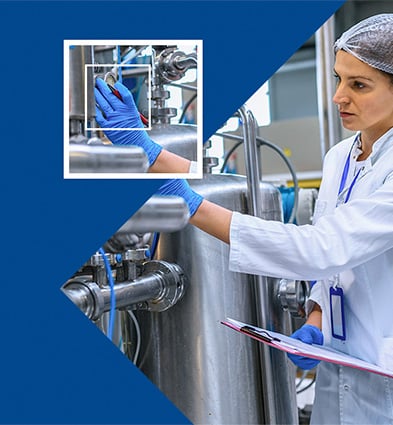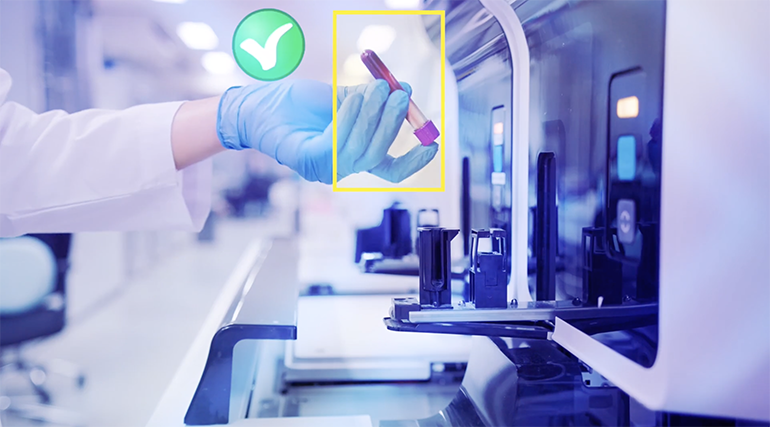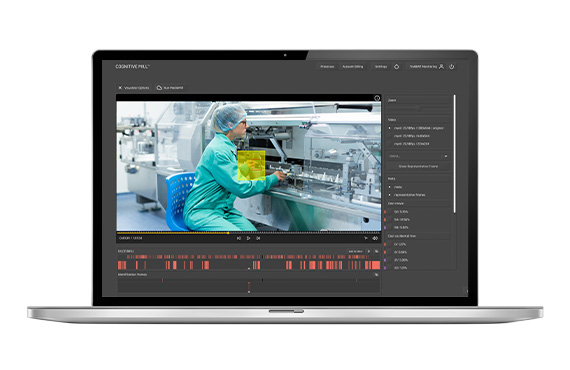VisionAi offers flexible deployment options to accommodate different organizational needs and infrastructure setups. You can choose to deploy VisionAi in one of three ways:
- On-Premise: Ideal for organizations that require full control over their data and infrastructure. This option allows VisionAi to operate within your internal IT environment, ensuring that all data processing and storage occur on your local systems.
- Cloud-Based: This option leverages cloud computing resources to handle the data processing and storage. It is suitable for organizations looking to scale easily and prefer not to manage physical servers. Cloud deployment can offer enhanced flexibility and often reduces the need for upfront capital expenditures.
- Edge Computing: For use cases where low latency is critical, deploying VisionAi on the edge — near the data source — ensures faster processing times. This is particularly useful in environments where real-time data processing and decision-making are required.
These deployment options ensure that regardless of your existing infrastructure or specific requirements, VisionAi can be integrated effectively to meet your operational needs.












